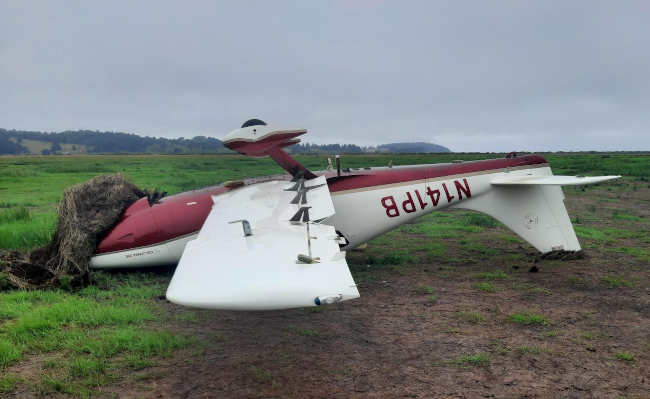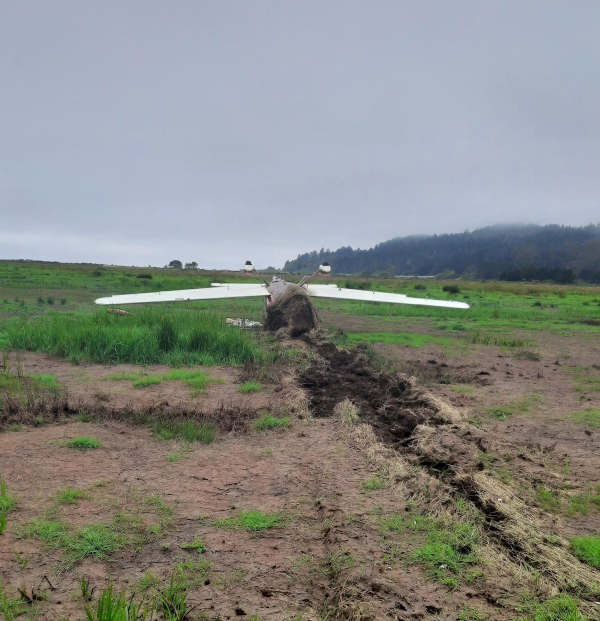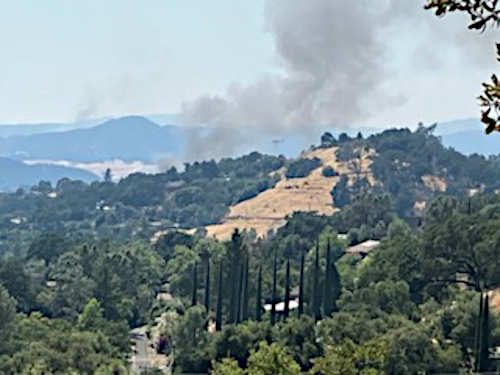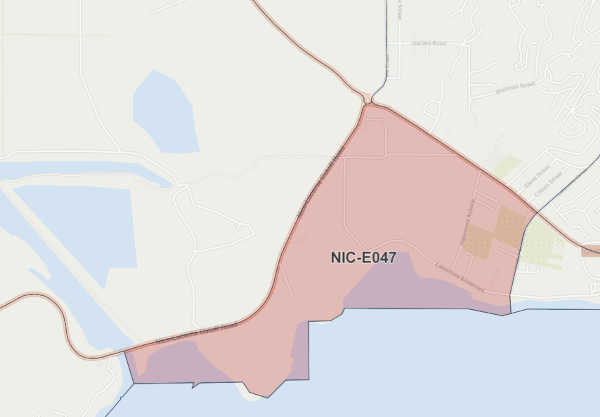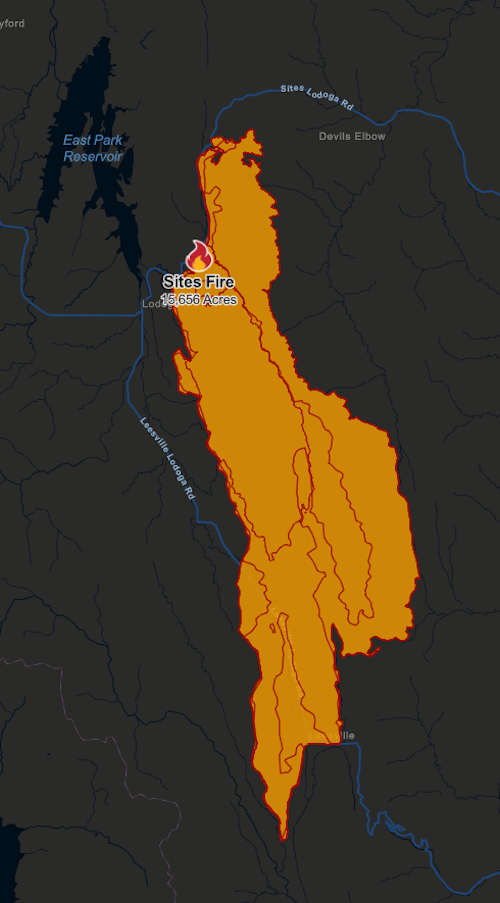
Children can be exposed to lead by swallowing or inhaling soil while they are playing. Young children often put their hands in their mouths and may have dirt on their hands. Kids and pets also can track lead dust from soil indoors. And anyone who eats fruit or vegetables grown in contaminated soil can ingest lead.
Early in 2024, the U.S. Environmental Protection Agency lowered the screening level for lead in residential soils from 400 parts per million – a standard that was more than 30 years old – to 200 parts per million. This more protective lower number reflects current understanding of soil as a significance source of lead exposure for children.
EPA officials said that at homes exposed to lead from multiple sources, the agency will generally use a more conservative 100 parts per million screening level.
This new level is not a cleanup standard; it’s a threshold at which the EPA will make site-specific decisions about how to protect people there. Actions may include providing information about soil lead, recommending ways to reduce exposure, or removing the leaded soil and replacing it with clean soil.
The standard is designed to guide EPA assessments of residential soils around polluted sites under two federal laws. The Superfund law addresses hazardous wastes that were improperly created or disposed of before 1976, while the 1976 Resource Conservation and Recovery Act governs hazardous waste generation and disposal from that year forward. More than 4,000 sites across the nation are currently being cleaned up under those two laws.
I study urban lead poisoning in children from soil and other sources, and I have worked with colleagues to analyze tens of thousands of soil samples collected from typical homes by research scientists and by citizens across the U.S.. This work is ongoing, but our newly published findings show that under the new EPA standard, potentially harmful lead exposure from soil is far more widespread than many people – including public officials – realize. Reducing this risk will be a very long-term effort.
A toxic legacy
Lead exposure has blighted communities across the U.S., particularly lower-income communities of color. Many factors have contributed, including lead in gasoline, water pipes and paint. In addition, redlining and other policies have trapped vulnerable families in substandard housing that often contains lead paint and is located in areas heavily polluted by traffic and industrial sources.
Lead affects many parts of the body, including the brain and central nervous system. Exposure to high levels of lead in childhood can lead to lower educational outcomes and lower earning potential.
Since the federal government started severely limiting the production and use of lead in the 1970s, the share of children in the U.S. who are considered lead-affected, based on current standards, has fallen dramatically. This means that for tens of millions of U.S. children, the risk of being cognitively impaired by lead exposure is greatly reduced. In the 1970s, this figure was near 100%; today it is about 1%, which equates to some 500,000 children.
But many urban children are still exposed to lead at unsafe levels, and soil exposure isn’t addressed by laws that have reduced other lead sources. Lead in soil is the residue of degraded lead-based paint, pollution deposited by cars that burned leaded gasoline for decades, and emissions from factories and industrial facilities.
Lead in soil is a widespread risk
Our national analysis of samples collected from 16 cities found that out of 15,595 household soil samples, 12.3% – one in every eight – exceeded the old federal screening level of 400 parts per million. When the standard is adjusted down to the proposed level of 200 parts per million, 23.7% of households – nearly 1 in 4 – contain a lead hazard.
These samples were typically collected in sets, with one sample near the exterior walls of a home, where highest soil lead values are expected; another from the yard; and a third from near the street, which can also record elevated lead levels.
If our findings are extrapolated across the nation, they indicate that up to roughly 29 million households out of the 123.6 million that were recorded in the 2020 census could be exposed to soil lead hazards and should take steps to mitigate them. Applying the EPA’s aspirational goal of 100 parts per million, our analysis indicates that some 40.2% of households could be affected – equivalent to nearly 50 million households nationwide.
Not all communities in our research have similar risk profiles. In Chicago, for example, 52.8% of household soils that we tested contained more than 200 parts per million of lead. Samples from parts of several medium-sized cities, including Springfield, Massachusetts, and Chattanooga and Memphis, Tennessee, had comparable percentages.
It is difficult to fully assess city-specific soil lead burdens, for several reasons. First, the citizen science dataset that we used in our analysis was collected by private citizens using certain guidelines, not under the strict scientific protocols that the EPA would follow. Second, there is no other systematic, comprehensive measurement of household soil lead values across the U.S. that could be used to assess the accuracy of the community science samples.
Capping soil as a first step
Because so little data on lead soil values exists, it’s not yet possible to determine which particular households have the greatest potential risk. Without that information, the real cost of mitigating this problem is also unknown.
Full remediation, which involves removing contaminated soils and replacing them with clean soils, can cost from US$10,000 to $30,000 per household. Typically, the cost of this type of voluntary cleanup is borne by the homeowner, although some states may have assistance programs.
At this rate, the price tag for mitigating all households nationwide that we project to have soil above the new EPA standard would range from $290 billion to over $1.1 trillion. Household soil remediation involves many steps, including soil testing and monitoring dust levels. If it is done poorly, it can actually scatter lead-contaminated soils and dust beyond the mitigation site.
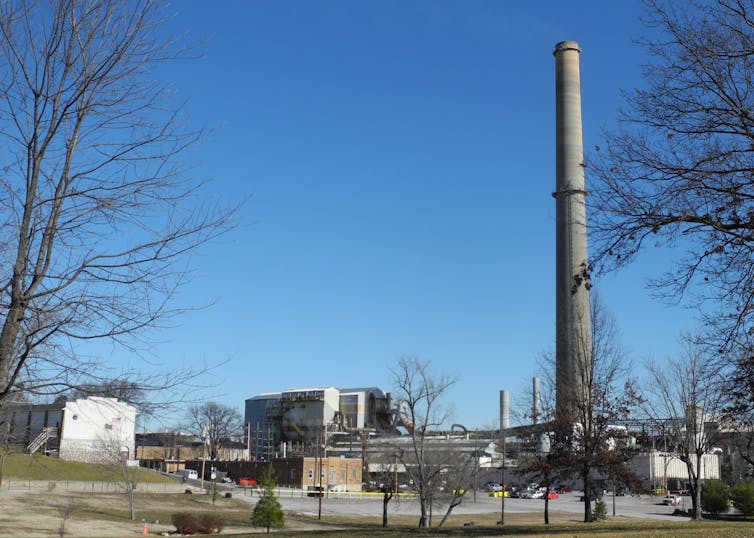
Given this projected price tag, my colleagues and I do not expect such a program to be proposed any time soon. However, there’s a faster and much cheaper strategy: capping existing soils with clean soil or mulch. This is an imperfect solution, but it solves the immediate lead exposure problem for children living in these settings.
Capping isn’t a permanent answer, since land cover can be disturbed, which would make lead-enriched soils an active risk once again. But even covering a contaminated site with clean soils will permanently dilute the site’s total lead concentration. Nearly all lead deposited from human activities is captured in the upper 10 inches of soils. Adding another 10 inches of clean soil on top would cut the soil lead concentration by half.
It’s a cliche but nonetheless true that the solution for pollution often is dilution. I see this simple strategy as an immediate way for cities to start addressing their new lead challenge.![]()
Gabriel Filippelli, Professor of Earth Sciences and Executive Director, Environmental Resilience Institute, Indiana University
This article is republished from The Conversation under a Creative Commons license. Read the original article.
As spring phases into summer across the U.S., kids are spending more time outdoors. Playing outside is healthy in all kinds of ways, but it also poses some risks. One that many families may not be aware of is exposure to lead in soil, which is still a serious problem, mainly in cities.
 How to resolve AdBlock issue?
How to resolve AdBlock issue? 
